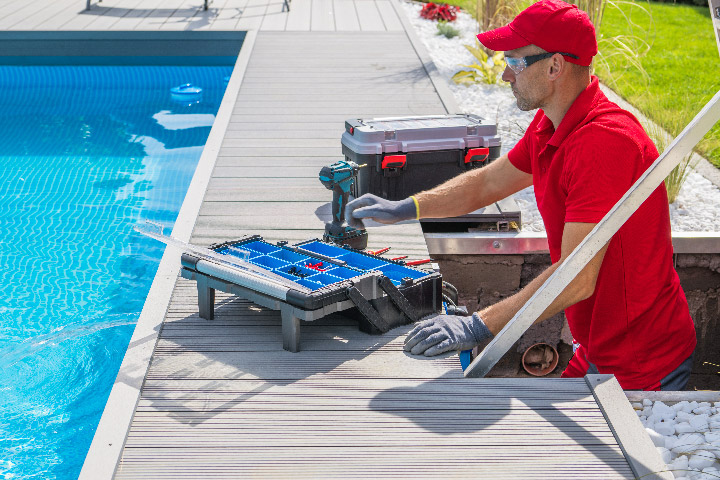
The Ultimate Guide to Choosing the Perfect Pool Heater: Get Ready to Make a Splash!
The Ultimate Guide to Choosing the Perfect Pool Heater: Get Ready to Make a Splash!
Introduction
There’s nothing more enticing than diving into a warm, inviting swimming pool, and the secret to achieving that perfect water temperature is a pool heater. But with numerous options available, how can you make sure you’re choosing the right one for your inground pool? Don’t worry, we’ve got you covered! In this guide, we’ll break down the steps to finding the ideal pool heater size to keep you swimming in comfort all season long. Get ready to become the go-to pool expert among your friends!
Step 1: Determine Your Desired Temperature Rise
Before diving into heater specs, it’s essential to know your target water temperature. A comfortable swimming range is usually between 78°F and 82°F (25°C and 28°C), but this ultimately depends on your personal preferences. To calculate the desired temperature rise, subtract your pool’s average temperature without a heater from your target temperature. For example, if your pool’s average temperature is 70°F and you’d like to reach 80°F, you’ll need a temperature rise of 10°F (80-70=10).
Step 2: Calculate Your Pool’s Surface Area
Next, you’ll need to determine your pool’s surface area, which will influence the heating capacity required. For a rectangular or square pool, simply multiply the length by the width. For an oval pool, multiply the longest diameter by the shortest diameter, then multiply by 0.8. If your pool has an irregular shape, try to break it down into smaller, regular shapes and calculate each area separately, then add them up.
Step 3: Factor in Climate and Heat Loss
Your local climate plays a significant role in your pool heater size. Pools located in colder regions or those with significant heat loss due to factors such as wind, humidity, and shade will require more heating power. The use of a solar cover or pool blanket can significantly reduce heat loss, saving you energy and costs in the long run.
Step 4: Consult the Heater Sizing Charts
Now that you have the desired temperature rise and your pool’s surface area, consult the manufacturer’s heater sizing chart. These charts, which can be found in product manuals or on manufacturers’ websites, provide guidelines for selecting the right heater size based on your pool’s specifics.
Keep in mind that pool heaters are rated in BTUs (British Thermal Units) per hour, which measures their heating capacity. A higher BTU rating means a more powerful heater. Generally, a larger pool will require a heater with a higher BTU rating, but factors such as climate, heat loss, and desired temperature rise will also impact your choice.
Step 5: Evaluate Your Options
Now that you know the ideal BTU rating for your pool heater, it’s time to explore your options. There are three primary types of pool heaters:
- Gas heaters: These heaters use natural gas or propane and are known for their fast heating capabilities. They’re ideal for pools that aren’t used regularly or for those who prefer quick heat-up times.
- Heat pumps: Heat pumps are highly energy-efficient, drawing warmth from the surrounding air to heat your pool. They’re perfect for regions with moderate climates and are most effective when the ambient temperature is above 50°F (10°C).
- Solar heaters: As the name suggests, solar heaters harness the sun’s energy to heat your pool. They’re environmentally friendly and cost-effective, but their heating power depends on sunlight availability.
Each heater type has its pros and cons, so consider your priorities, such as heating speed, energy efficiency, and initial cost, when making your decision.
Conclusion
Choosing the right pool heater size for your inground pool may seem daunting, but with a little knowledge and preparation, it becomes a simple process. By determining your desired temperature rise, calculating your pool’s surface area, factoring in climate and heat loss, and consulting heater sizing charts, you’ll be on your way to selecting the perfect heater for your needs.
Don’t forget to evaluate the different heater types and consider factors like heating speed, energy efficiency, and installation costs when making your final decision. By investing in the ideal pool heater, you’ll be able to extend your swimming season, enhance your pool’s comfort, and make a splash with your friends and family!
So go ahead, share this guide with your fellow pool enthusiasts, and get ready to dive into a warm, inviting pool all season long. With the right pool heater by your side, you’ll be the talk of the town, and your backyard oasis will be the envy of the neighborhood. Happy swimming!




